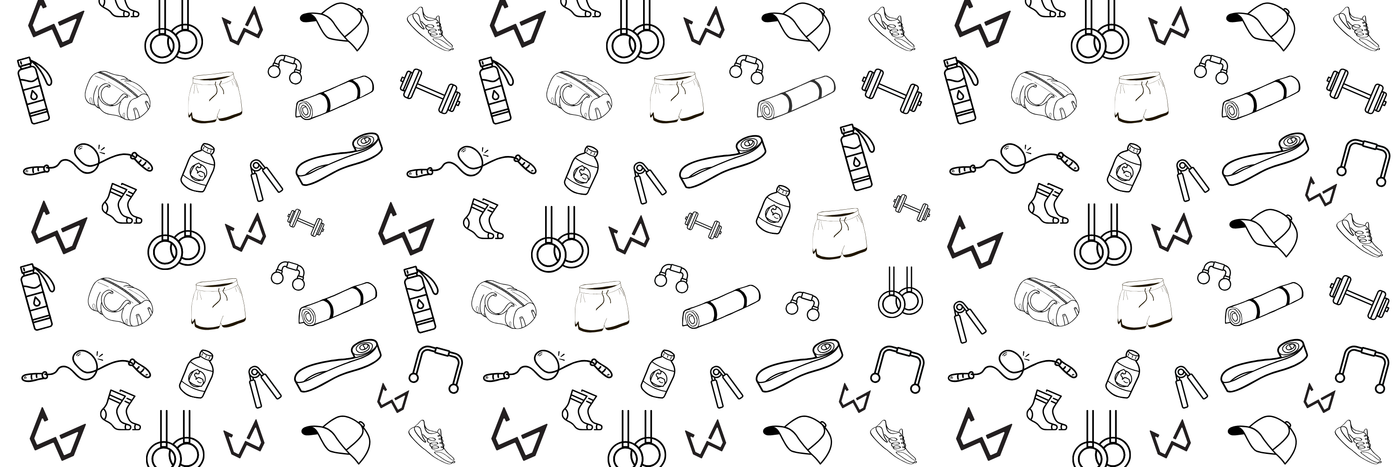
Top 5 Essential Calisthenics Equipment for Beginners: Gear Up for Bodyweight Mastery
, by Wild Dynamics Team, 8 min reading time

, by Wild Dynamics Team, 8 min reading time
Starting out can feel confusing. Keep it simple. Learn bodyweight basics, do clean reps, and use gear that helps you progress without pain. Below are our top five picks with simple tips, common mistakes to avoid, and links for deeper reading when you want more.
If you buy one thing, start with gymnastic rings. They hang almost anywhere, pack flat, and add light instability that teaches your shoulders, core, and grip to work together.

Simple cues: Move with control. Keep your core tight. Point your toes. Set your shoulder blades for the exercise. Do not swing too much.
Start here: Ring rows from knees bent to legs straight, ring push ups from higher straps to lower, assisted dips, short L-sit holds.
Avoid: Big swings and rushed reps. Shorten the straps and slow down before you move to harder steps.
Floor work is a big part of calisthenics. With parallettes you grip the wood in a neutral hand position. This is easier on the wrists and gives you more push range of motion. Try planche leans, support holds, and L-sit practice. For ideas, see 15 Parallette Exercises.

Progressions: Deficit push ups → elevated push ups → pseudo planche push ups → tuck planche.
Core ideas: Tuck holds on parallettes, L-sit practice, hollow hold or plank on parallettes.
Wrist wraps give light support and warmth to the wrists. They help many people feel more stable on push movements like push ups, dips, and handstand prep, and during longer holds. For pull movements like rows or pull ups, most lifters use little or no wrap so the wrist can move naturally. Wear them snug, not tight. Add a bit more tension for pressing, and loosen or take them off for pulls. Compare options in Hard vs Soft Wrist Wraps for Calisthenics.

Progress comes from small steps. A dip belt lets you add weight to dips and pull ups. This keeps progress moving while you keep your technique clean.

Simple plan: Own 8 to 12 clean reps. Add 2.5 to 5 kg. Rebuild reps. Repeat.
Avoid these: Chain too long, rushing plates on, arching your lower back. See fixes in Dip Belt Mistakes and How to Fix Them.
Slippery hands ruin good sets. Liquid chalk keeps your grip dry for pull ups, rings, and hangs. It dries fast and does not make a mess in your bag.

Nice combo: Rings plus chalk equals better holds. Carry a small towel for quick cleanups on hot days.
Save a bit: Check Bundles or the Chalk 3 Pack.
Two or three sessions a week are enough to build momentum. Keep reps clean and rest well.
Want to check your level first? Try the Calisthenics Test.
Start with rings and parallettes. Add wrist wraps, a dip belt, and liquid chalk as you grow. If you want a one-click option, see the Equipment collection or the Starter Set. For deeper dives, read our guides on bands, parallettes, and portable training.
Ready to get moving Your body is the gym. These tools make it a good one.
Discover beginner-friendly equipment
No. Rings can take you far. Add parallettes for wrist comfort and push range. Wraps add support. A dip belt loads progress. Chalk keeps hands dry.
Wood feels warm and grips well with chalk. Plastic is weather proof but more slippery. For most people, wood wins.
Snug, not numb. Loosen for pulling. Tighten a bit for pushing and holds like planche leans or handstand prep.
When you own 8 to 12 clean reps in dips or pull ups. Add 2.5 to 5 kg, rebuild reps, progress slowly.
Most formulas are safe and fast drying. If your skin is sensitive, use a small amount and moisturize after training.
